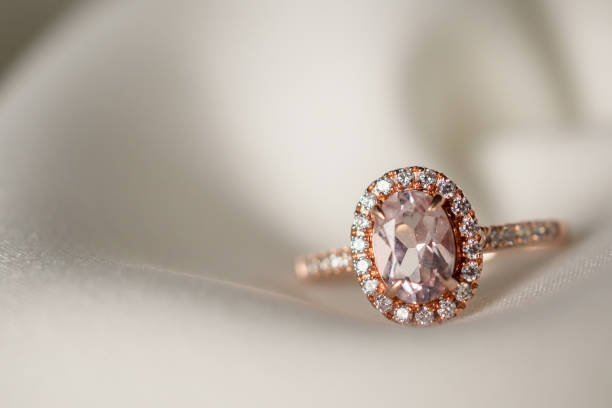Under the Sea: Coral Jewelry All Entries

The oceans are one of the most beautiful parts of our natural world. The water is home to a whole other world that features unique creatures, plant life and landscapes. One of the most stunning things that our oceans have given us is coral which many designers have managed to turn into beautiful pieces of jewelry.
Under the Sea
Precious coral begins its life as a plantlike animal that is known as the coral polyp. It is found in the world’s tropical areas where the ocean is warm. The polyps grow into tree-like structures, creating colonies. Many types of marine life live in and around coral reefs. Fish, seahorses, lobsters, and more rely on them for survival.
Precious Stones
People became attracted to the invertebrates due to their impressive colors, which range from pink, orange, and red. They can also be found in various shades of brown, black, blue, green, yellow and gold.
Coral skeletons are matte in color, but they can be polished for a glossy shine. It rates as a 3.5 on the Mohs scale of hardness, meaning that it’s a relatively soft stone. It’s often used to make beads or cut en cabochon, which is a way to cut and shape gemstones without creating facets.
History
During the early days of the 1st millennium, coral was traded between India and the Mediterranean. It was highly prized and believed to hold sacred and mysterious properties. It was used frequently for ornamentation in weapons and helmets used by the Gauls.
The Romans soon became interested in coral as well, hanging branches of it around children’s necks to help protect them from any outside dangers. It was also believed that it had medicinal virtues attached to it as well.
In Italy, from the Middle Ages to the early 20th century, wearers believed that it protected them from the evil eye and that it could cure women of infertility.
During the early 19th century, coral trade was centered in the French city of Marseille, but that all changed when the French Revolution happened. Most of the trade was then moved to the Italian cities of Naples, Genoa, and Rome.
The Museo del Corallo is a small jewelry museum found in Naples that is home to beautiful jewelry made of coral, ivory, and tortoiseshell. A red coral parure, or matching jewelry set, that was designed by the famous jewelry company Ascione in 1938 for Queen Farida of Egypt is on display there.
If you have any coral jewelry that you’re thinking about selling, contact Ralph Mueller and Associates or call us at 480.949.9299. Our GIA-certified gemologists can appraise your jewelry or answer any questions you may have.